The GROUP BY clause groups the selected rows based on identical values in a column or expression. This clause is typically used with aggregate functions to generate a single result row for each set of unique values in a set of columns or expressions. Expression_n Expressions that are not encapsulated within an aggregate function and must be included in the GROUP BY Clause at the end of the SQL statement. Aggregate_function This is an aggregate function such as the SUM, COUNT, MIN, MAX, or AVG functions. Aggregate_expression This is the column or expression that the aggregate_function will be used on. These are conditions that must be met for the records to be selected.
If more than one expression is provided, the values should be comma separated. DESC sorts the result set in descending order by expression. The GROUP BY clause groups a set of rows into a set of summary rows by values of columns or expressions.
In other words, it reduces the number of rows in the result set. There are times when you want to have SQL Server return an aggregated result set, instead of a detailed result set. SQL Server has the GROUP BY clause that provides you a way to aggregate your SQL Server data.
The GROUP BY clause allows you to group data on a single column, multiple columns, or even expressions. In this article I will be discussing how to use the GROUP by clause to summarize your data. The GROUP BY clause is used in a SELECT statement to group rows into a set of summary rows by values of columns or expressions. ROLLUP is an extension of the GROUP BY clause that creates a group for each of the column expressions. Additionally, it "rolls up" those results in subtotals followed by a grand total. Under the hood, the ROLLUP function moves from right to left decreasing the number of column expressions that it creates groups and aggregations on.
Since the column order affects the ROLLUP output, it can also affect the number of rows returned in the result set. The GROUP BY clause of a SELECT statement defines subsets of rows based on matching values in one or more columns. Aggregate functions can be applied, yielding a separate value for each subset.
In other words, the GROUP BY clause returns a single summary row of information for each group of rows that share identical values in the GROUP BY columns. CUBE generates the GROUP BY aggregate rows, plus superaggregate rows for each unique combination of expressions in the column list. The GROUP BY clause is often used with aggregate functions such as AVG(), COUNT(), MAX(), MIN() and SUM(). In this case, the aggregate function returns the summary information per group. For example, given groups of products in several categories, the AVG() function returns the average price of products in each category.
The Group by clause is often used to arrange identical duplicate data into groups with a select statement to group the result-set by one or more columns. This clause works with the select specific list of items, and we can use HAVING, and ORDER BY clauses. Group by clause always works with an aggregate function like MAX, MIN, SUM, AVG, COUNT.
Spark also supports advanced aggregations to do multiple aggregations for the same input record set via GROUPING SETS, CUBE, ROLLUP clauses. The grouping expressions and advanced aggregations can be mixed in the GROUP BY clause and nested in a GROUPING SETS clause. See more details in the Mixed/Nested Grouping Analytics section.
When a FILTER clause is attached to an aggregate function, only the matching rows are passed to that function. The Group by Clause in SQL Server is used to divide similar types of records or data as a group and then return. If we use group by clause in the query then we should use grouping/aggregate function such as count(), sum(), max(), min(), and avg() functions. You must use the aggregate functions such as COUNT(), MAX(), MIN(), SUM(), AVG(), etc., in the SELECT query. The result of the GROUP BY clause returns a single row for each value of the GROUP BY column.
The GROUP BY clause is a SQL command that is used to group rows that have the same values. Optionally it is used in conjunction with aggregate functions to produce summary reports from the database. A simple GROUP BY clause consists of a list of one or more columns or expressions that define the sets of rows that aggregations are to be performed on.
What is the group by clause in SQL A change in the value of any of the GROUP BY columns or expressions triggers a new set of rows to be aggregated. The GROUP BY clause arranges rows into groups and an aggregate function returns the summary (count, min, max, average, sum, etc.,) for each group. The above query includes the GROUP BY DeptId clause, so you can include only DeptId in the SELECT clause. You need to use aggregate functions to include other columns in the SELECT clause, so COUNT is included because we want to count the number of employees in the same DeptId. In a streaming context, one of the GROUP BY columns or expressions must be monotonically increasing.
Often, though not always, this column will be ROWTIME with a FLOOR, CEIL / CEILING, or STEP function applied. Then, within the time-based grouping, rows can be grouped by 1 or more additional columns. Optionally it is used in conjunction with aggregate functions to produce the resulting group of rows from the database. ROLLUP performs aggregations at increasing levels up to a grand total. Here, you can add the aggregate functions before the column names, and also a HAVING clause at the end of the statement to mention a condition.
FILTER is a modifier used on an aggregate function to limit the values used in an aggregation. All the columns in the select statement that aren't aggregated should be specified in a GROUP BY clause in the query. The aggregate functions allow you to perform the calculation of a set of rows and return a single value. The GROUP BY clause is often used with an aggregate function to perform calculations and return a single value for each subgroup. However, you can use the GROUP BY clause with CUBE, GROUPING SETS, and ROLLUP to return summary values for each group.
Adding a HAVING clause after your GROUP BY clause requires that you include any special conditions in both clauses. If the SELECT statement contains an expression, then it follows suit that the GROUP BY and HAVING clauses must contain matching expressions. It is similar in nature to the "GROUP BY with an EXCEPTION" sample from above.
In the next sample code block, we are now referencing the "Sales.SalesOrderHeader" table to return the total from the "TotalDue" column, but only for a particular year. Like most things in SQL/T-SQL, you can always pull your data from multiple tables. Performing this task while including a GROUP BY clause is no different than any other SELECT statement with a GROUP BY clause.
The fact that you're pulling the data from two or more tables has no bearing on how this works. In the sample below, we will be working in the AdventureWorks2014 once again as we join the "Person.Address" table with the "Person.BusinessEntityAddress" table. I have also restricted the sample code to return only the top 10 results for clarity sake in the result set. Another extension, or sub-clause, of the GROUP BY clause is the CUBE. The CUBE generates multiple grouping sets on your specified columns and aggregates them.
In short, it creates unique groups for all possible combinations of the columns you specify. For example, if you use GROUP BY CUBE on of your table, SQL returns groups for all unique values , , and . In the Group BY clause, the SELECT statement can use constants, aggregate functions, expressions, and column names. The SELECT statement used in the GROUP BY clause can only be used contain column names, aggregate functions, constants and expressions. It may be useful to complement that output with additional column values that provide meaningful context, even if these are not part of the GROUP BY clause. You can use FIRST_VALUE or LAST_VALUE as aggregate functions with GROUP BY to return accompanying information.
SQL allows the user to store more than 30 types of data in as many columns as required, so sometimes, it becomes difficult to find similar data in these columns. Group By in SQL helps us club together identical rows present in the columns of a table. This is an essential statement in SQL as it provides us with a neat dataset by letting us summarize important data like sales, cost, and salary. Aggregate functions are functions that take a set of rows as input and return a single value. In SQL we have five aggregate functions which are also called multirow functions as follows. Use theSQL GROUP BYClause is to consolidate like values into a single row.
The group by returns a single row from one or more within the query having the same column values. Its main purpose is this work alongside functions, such as SUM or COUNT, and provide a means to summarize values. You can query data from multiple tables using the INNER JOIN clause, then use the GROUP BY clause to group rows into a set of summary rows.
This statement is used to group records having the same values. The GROUP BY statement is often used with the aggregate functions to group the results by one or more columns. When you start learning SQL, you quickly come across the GROUP BY clause. Data grouping—or data aggregation—is an important concept in the world of databases. In this article, we'll demonstrate how you can use the GROUP BY clause in practice. We've gathered five GROUP BY examples, from easier to more complex ones so you can see data grouping in a real-life scenario.
As a bonus, you'll also learn a bit about aggregate functions and the HAVING clause. As you can see in the result set above, the query has returned all groups with unique values of , , and . The NULL NULL result set on line 11 represents the total rollup of all the cubed roll up values, much like it did in the GROUP BY ROLLUP section from above. IIt is important to note that using a GROUP BY clause is ineffective if there are no duplicates in the column you are grouping by. A better example would be to group by the "Title" column of that table. The SELECT clause below will return the six unique title types as well as a count of how many times each one is found in the table within the "Title" column.
In my example above, my GROUP BY clause controlled what column was used to aggregate the AdventureWorks2012.Sales.SalesOrderDetail data. In my example I summarize the data based on the CarrierTrackingNumber. When you group your data the only columns that are valid in the selection list are columns that can be aggregated, plus columns used on the GROUP BY clause. In my example I aggregated the LineTotal amount using the SUM function. For the aggregated value I set a column alias of SummarizedLineTotal. HAVING Clause is used as a conditional statement with GROUP BY Clause in SQL.
WHERE Clause cannot be combined with aggregate results so Having clause is used which returns rows where aggregate function results matched with given conditions only. In addition to producing all the rows of a GROUP BY ROLLUP, GROUP BY CUBE adds all the "cross-tabulations" rows. Sub-total rows are rows that further aggregate whose values are derived by computing the same aggregate functions that were used to produce the grouped rows.
Each grouping set defines a set of columns for which an aggregate result is computed. The final result set is the set of distinct rows from the individual grouping column specifications in the grouping sets. GROUPING SETS syntax can be defined over simple column sets or CUBEs or ROLLUPs. In effect, CUBE and ROLLUP are simply short forms for specific varieties of GROUPING SETS. Produces one row for each unique combination of expressions in the column list. Generates simple GROUP BY aggregate rows, superaggregate rows, cross-tabular rows, and a grand total row.
The GROUP BY clause is used with the SELECT statement to make a group of rows based on the values of a specific column or expression. The SQL AGGREGATE function can be used to get summary information for every group and these are applied to an individual group. Though it's not required by SQL, it is advisable to include all non-aggregated columns from your SELECT clause in your GROUP BY clause.
The GROUP BY clause divides the rows returned from the SELECTstatement into groups. For each group, you can apply an aggregate function e.g.,SUM() to calculate the sum of items or COUNT()to get the number of items in the groups. In this lesson you learned to use the SQL GROUP BY and aggregate functions to increase the power expressivity of the SQL SELECT statement. You know about the collapse issue, and understand you cannot reference individual records once the GROUP BY clause is used.
Use the GROUP BY clause with aggregate functions in a SELECT statement to collect data across multiple records. Contrary to what most books and classes teach you, there are actually 9 aggregate functions, all of which can be used with a GROUP BY clause in your code. As we have seen in the samples above, you can have a GROUP BY clause without an aggregate function as well. As we demonstrated earlier in this article, the GROUP BY clause can group string values also, so it doesn't always have to be a numeric or date value.
In the first SELECT statement, we will not do a GROUP BY, but instead, we will simply use the ORDER BY clause to make our results more readable sorted as either ASC or DESC. An aggregate function performs a calculation on a group and returns a unique value per group. For example, COUNT() returns the number of rows in each group. Other commonly used aggregate functions are SUM(), AVG() , MIN() , MAX() . The GROUP BY clause is used to get the summary data based on one or more groups. For example, the GROUP BY query will be used to count the number of employees in each department, or to get the department wise total salaries.
The GROUP BY statement is often used with aggregate functions (COUNT(),MAX(),MIN(), SUM(),AVG()) to group the result-set by one or more columns. The Group By statement is used to group together any rows of a column with the same value stored in them, based on a function specified in the statement. Generally, these functions are one of the aggregate functions such as MAX() and SUM(). Note – There is a restriction regarding the use of columns in the GROUP BY clause.
Each column appearing in the SELECT list of the query must also appear in the GROUP BY clause. This restriction does not apply to constants and to columns that are part of an aggregate function. (Aggregate functions are explained in the next subsection.) This makes sense, because only columns in the GROUP BY clause are guaranteed to have a single value for each group. In my code here I first created and populated a table named NullGroupBy. The first and last rows have a value of NULL from the OrderDate, and the other two columns have different OrderDate values.
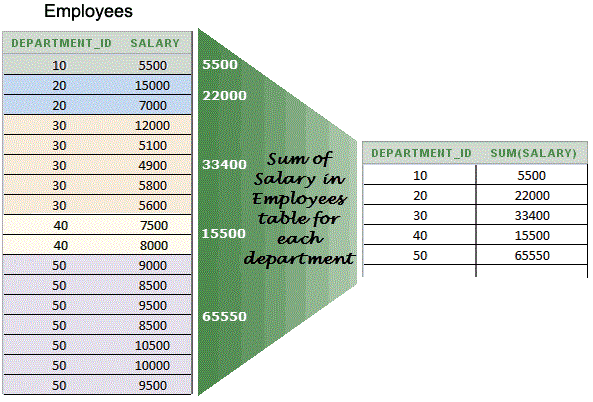



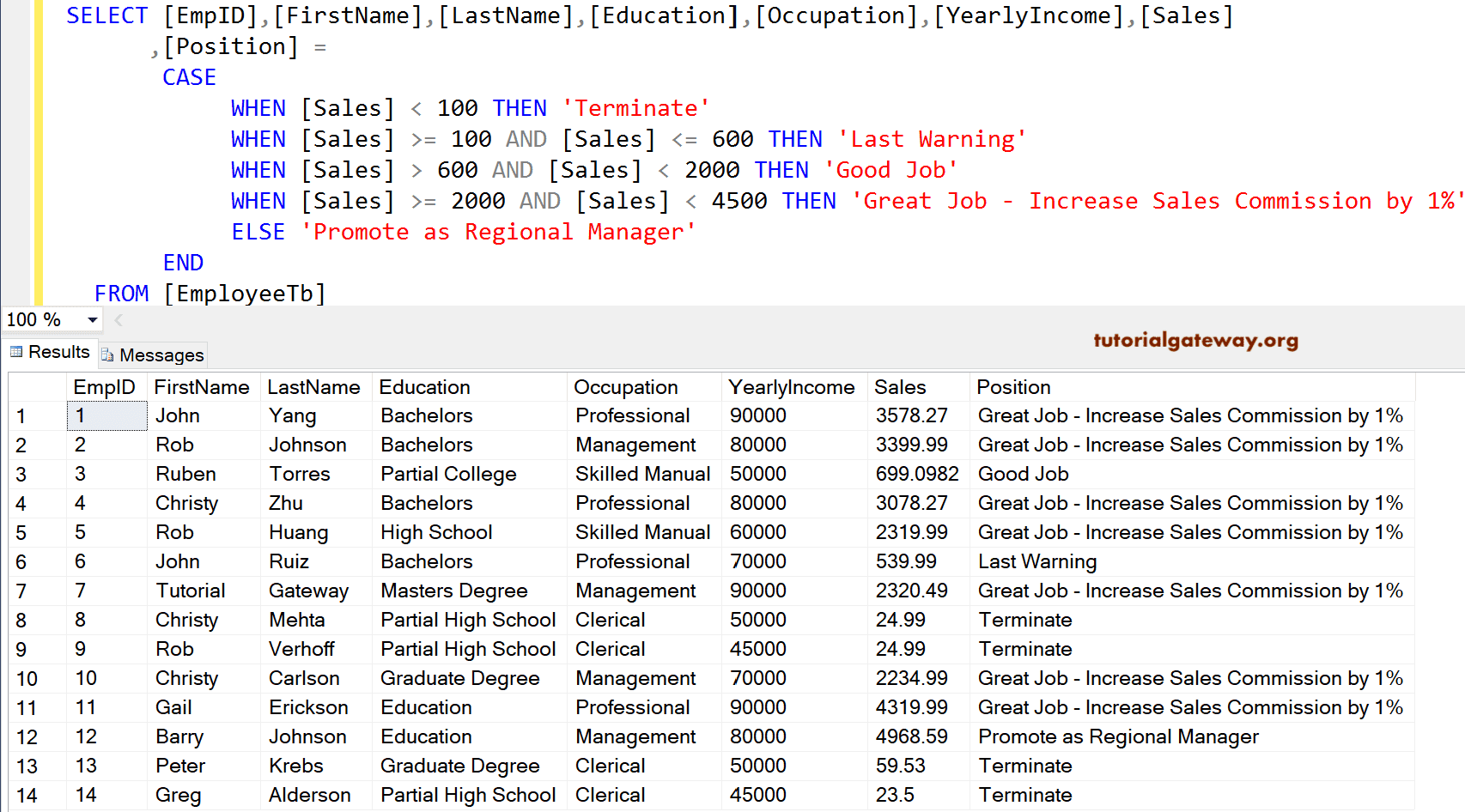
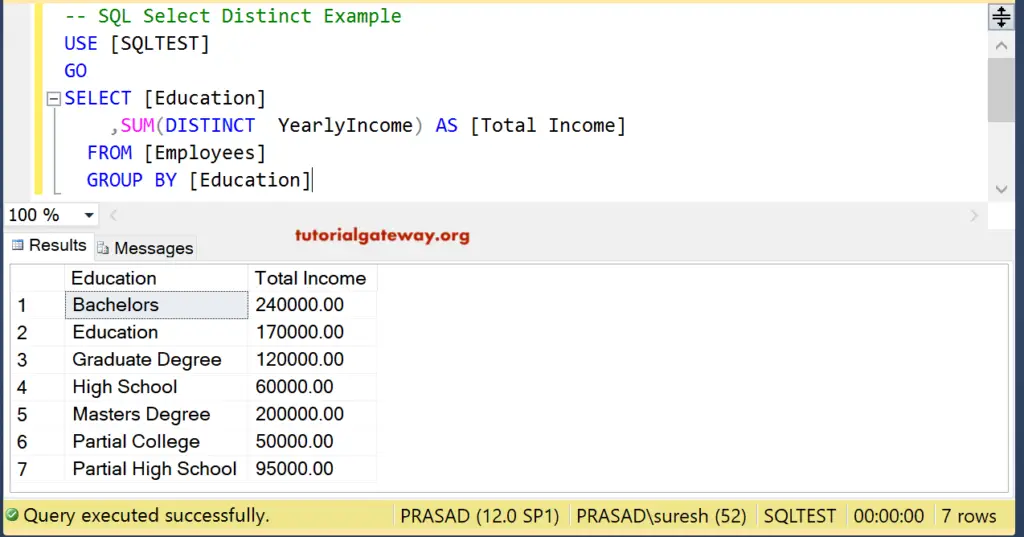



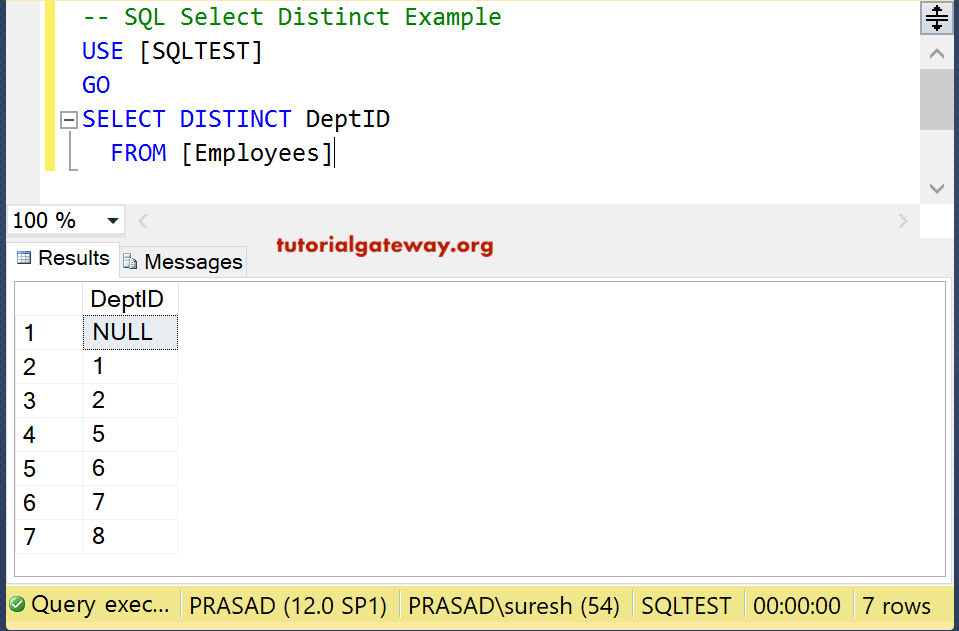



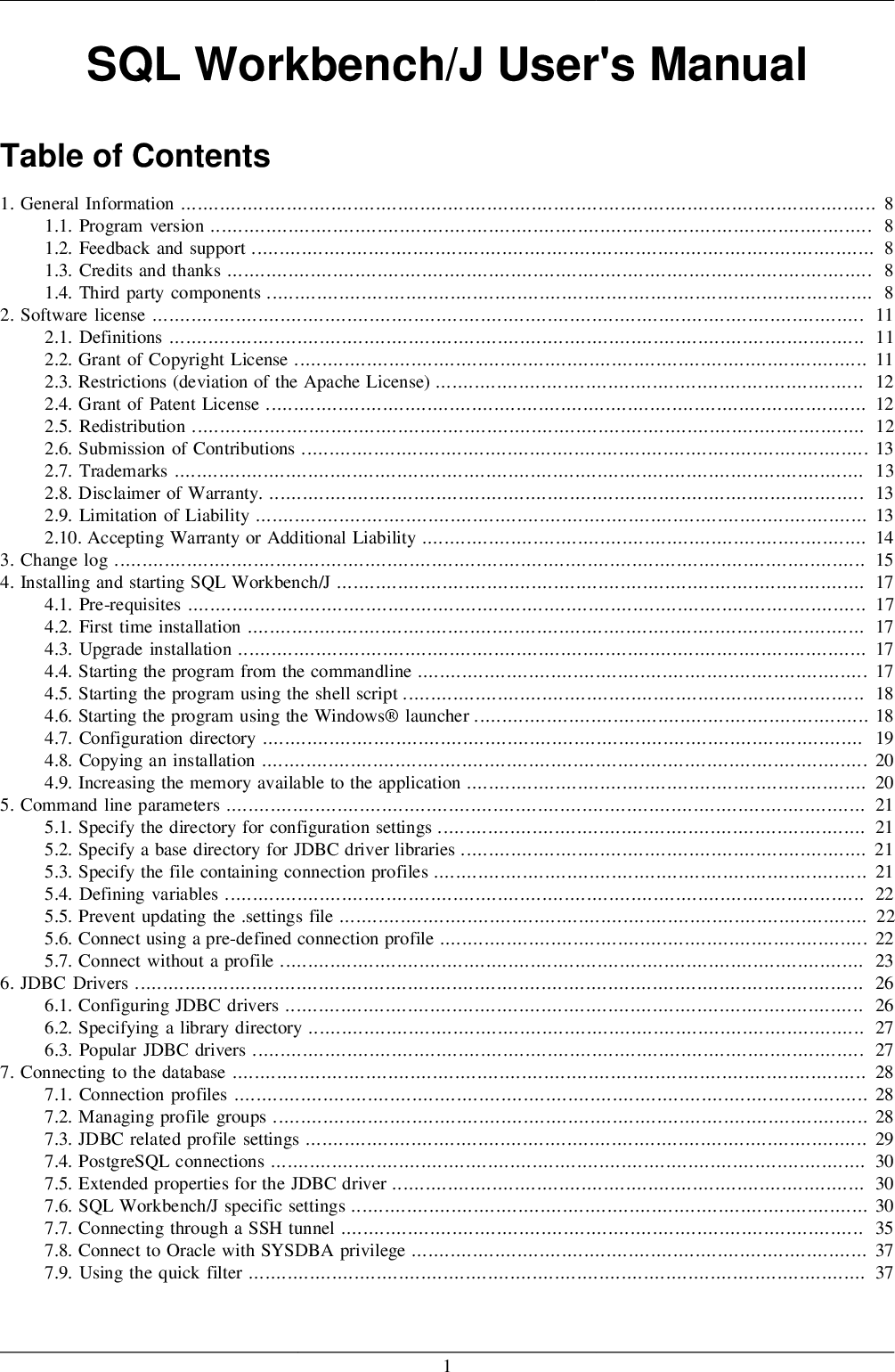
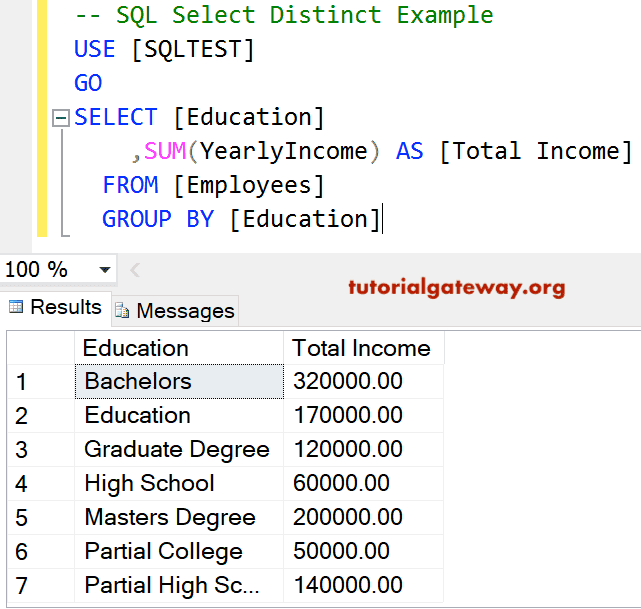



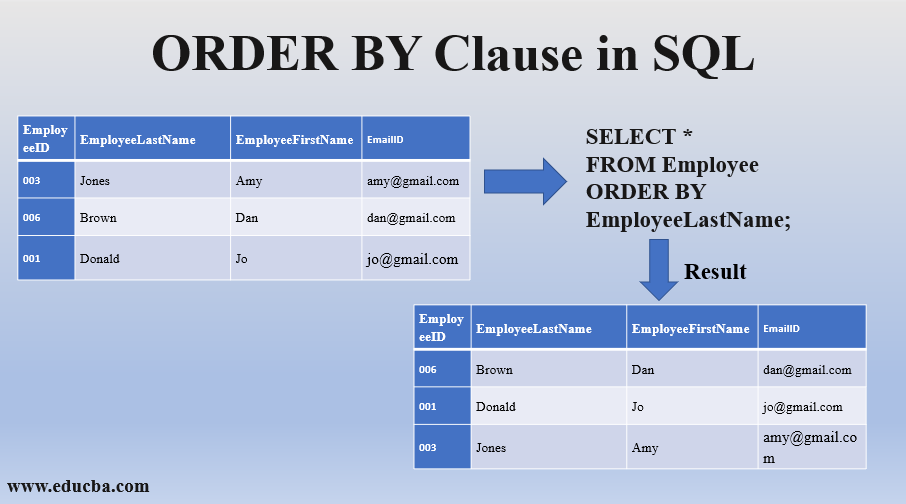







No comments:
Post a Comment
Note: Only a member of this blog may post a comment.